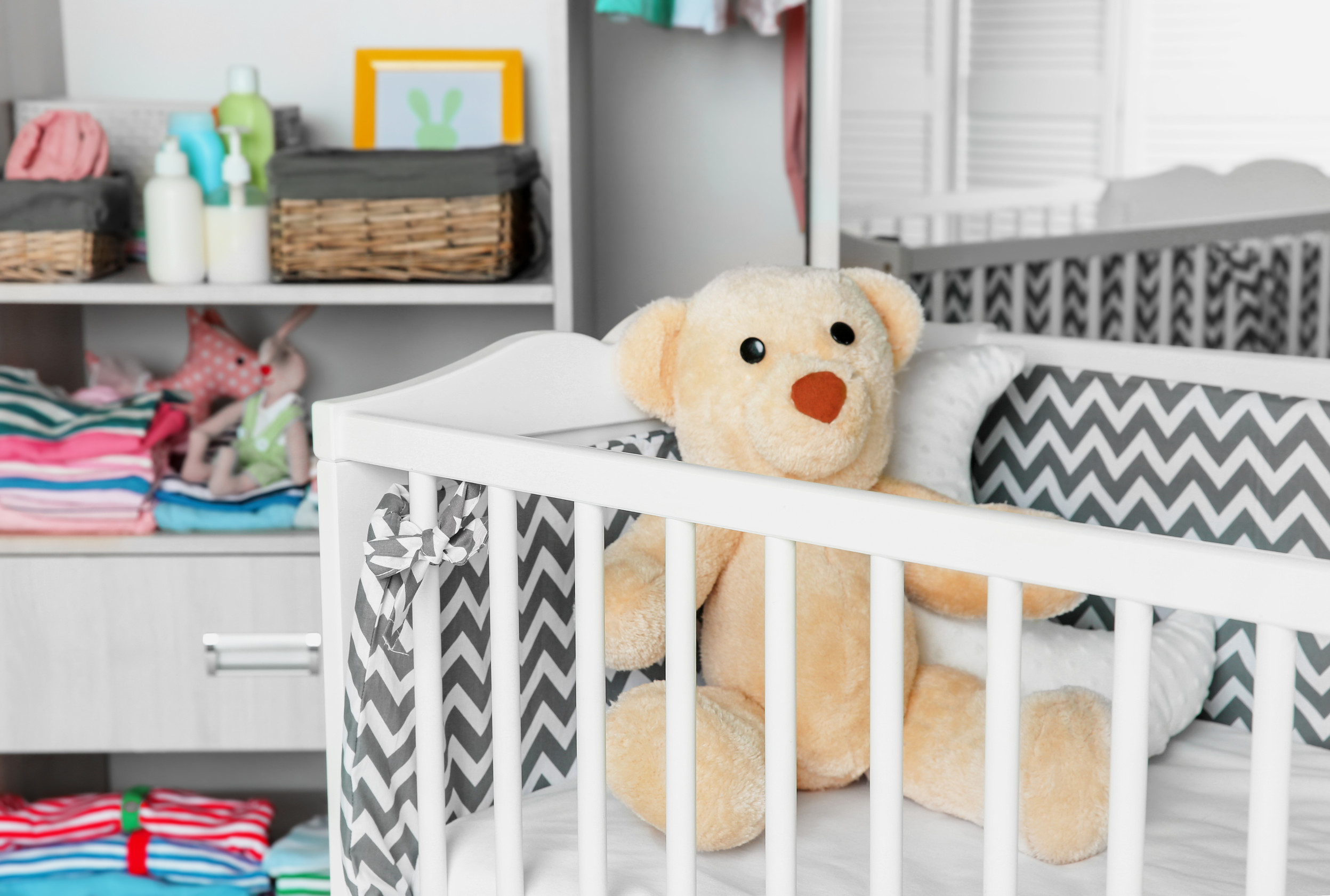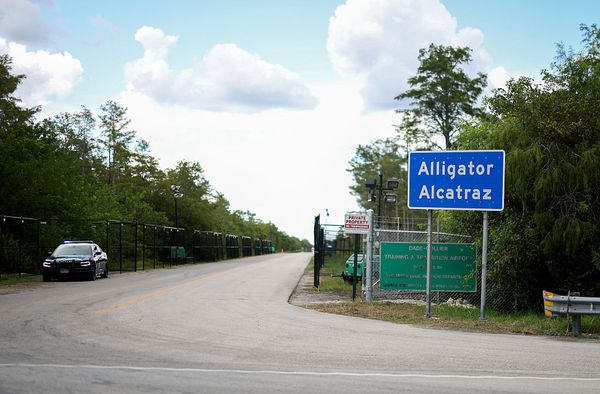A baby’s nursery is designed to be peaceful, cozy, and safe—but beneath the adorable decor and soft lullabies, there may be more lurking than meets the eye. Many well-meaning parents unknowingly introduce risks through common products, furniture, and even how the room is set up. The truth is, hidden dangers in your nursery often blend right in, quietly waiting to pose a threat. From furniture that tips too easily to chemicals in crib mattresses, it’s not about fear—it’s about awareness. With a few simple adjustments, you can turn your nursery into a truly safe haven where your baby can grow and thrive.
1. Unsecured Furniture That Can Tip
Dressers, changing tables, and bookshelves might look sturdy, but if they’re not anchored to the wall, they can tip over easily. Once your baby starts pulling up or crawling, curiosity takes over, and climbing becomes a real risk. Even lightweight furniture can cause serious injury if it topples. Anti-tip kits are inexpensive and easy to install but are often overlooked in nursery setup. Securing every tall item in the room is a key step in eliminating one of the most overlooked hidden dangers in your nursery.
2. Crib Bedding and Soft Accessories
It’s tempting to dress your baby’s crib with cute pillows, blankets, and stuffed animals, but these pose significant suffocation hazards. Pediatric guidelines recommend a firm mattress with a tightly fitted sheet only—no extras. Even breathable bumpers, once marketed as a safer alternative, have been linked to infant sleep deaths. While they may look harmless, these cozy additions have no place in a safe sleep environment. Keeping the crib bare is one of the simplest ways to reduce hidden dangers in your nursery.
3. Window Cords Within Reach
Window blinds and their cords are a silent hazard in many nurseries. Dangling cords can quickly become strangulation risks for babies and toddlers who grab everything in reach. Even tucked behind furniture, a long cord is a hidden threat if not properly secured. Cordless blinds or cord wraps designed to keep strings out of reach are much safer alternatives. Always position cribs and other furniture away from windows for added protection.
4. Overlooked Choking Hazards
From loose buttons on plush toys to small parts on décor, nurseries often contain choking hazards you might not notice at first glance. Babies explore the world with their mouths, so anything small enough to swallow becomes risky. Decorations with beads, drawer knobs, or unsecured wall hangings can fall apart and pose a threat. Even baby monitors with detachable antennas or cords can be problematic if left within reach. Make a habit of inspecting toys and décor regularly for wear, especially if they were hand-me-downs.
5. Unsafe Sleep Surfaces Outside the Crib
While it might feel easier to let your baby nap in a swing, lounger, or car seat, these items are not designed for unsupervised sleep. The incline and padding can lead to positional asphyxia or breathing difficulties, especially in infants under four months. Though convenient, these alternatives come with serious risks when used in place of a crib or bassinet. Babies should always sleep on a flat, firm surface approved for sleep. Understanding the purpose and limits of each product helps reduce hidden dangers in your nursery.
6. Chemical Off-Gassing from Furniture and Paint
New furniture, rugs, and paint might smell “fresh,” but that scent can come from volatile organic compounds (VOCs), which are harmful to developing lungs. VOCs can linger in the air for weeks, especially in poorly ventilated rooms. Cribs, changing tables, and dressers made with pressed wood or particleboard are often the biggest culprits. To lower exposure, look for GREENGUARD Gold certified or low-VOC labeled products, and air out new items before use. Babies breathe more rapidly than adults, making clean air even more essential in the nursery.
7. Loose Rugs and Slippery Floors
While they may add warmth and style, rugs that slide or bunch can pose tripping hazards for parents and older siblings. This becomes especially dangerous during late-night feedings or diaper changes when you’re sleep-deprived and walking in the dark. Anti-slip pads underneath rugs can make a huge difference in preventing falls. If your nursery has hardwood or tile, be cautious with socks or smooth-soled slippers. Creating a secure walking path helps avoid preventable accidents during those early months.
8. Electrical Outlets and Cords
With nightlights, humidifiers, monitors, and white noise machines, nurseries are often filled with electronics. That means outlets and cords are everywhere, and without proper covers or cord organizers, they pose shock or strangulation hazards. Babies love to grab, yank, and explore, so anything exposed is fair game. Outlet covers and cord shorteners are inexpensive but essential. Keeping cords out of reach and neatly bundled is one of the easiest ways to eliminate hidden dangers in your nursery.
Creating a Safe Space Isn’t Complicated, Just Intentional
Most hidden dangers in your nursery aren’t obvious at first—and that’s what makes them so risky. But you don’t need a complete overhaul to make a big difference. Small steps like anchoring furniture, checking for VOCs, and minimizing soft bedding can dramatically reduce risk. Creating a truly safe space means staying alert to both the obvious and the sneaky hazards. With a little awareness and effort, you can protect your baby without losing sleep over what’s lurking behind the cuteness.
Did you discover a hidden hazard in your baby’s nursery? Share your experience or safety tips with other parents in the comments.
Read More:
The Quiet Killer: 8 Hidden Hazards In Your Nursery You’re Not Checking
Are You Wasting Money? 6 Baby Items New Parents Regret Buying
The post The Silence Before The Storm: 8 Hidden Dangers In Your Nursery appeared first on Kids Ain't Cheap.








